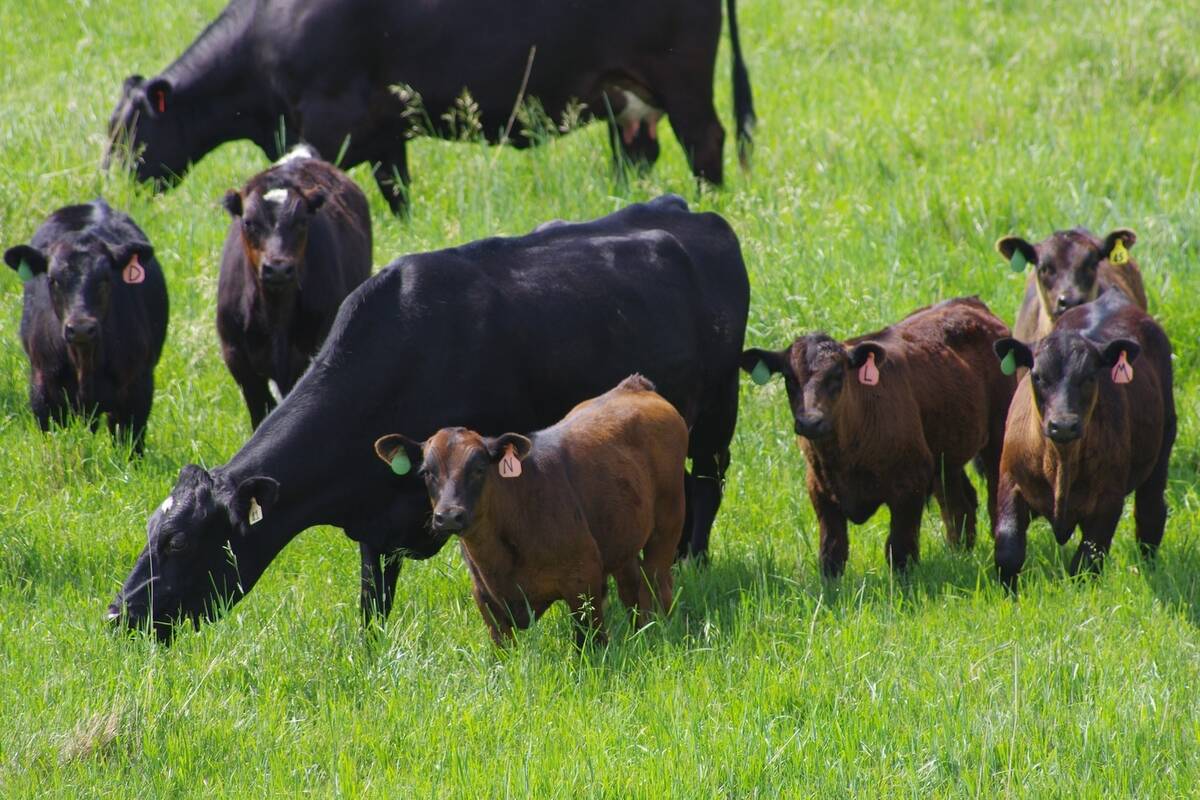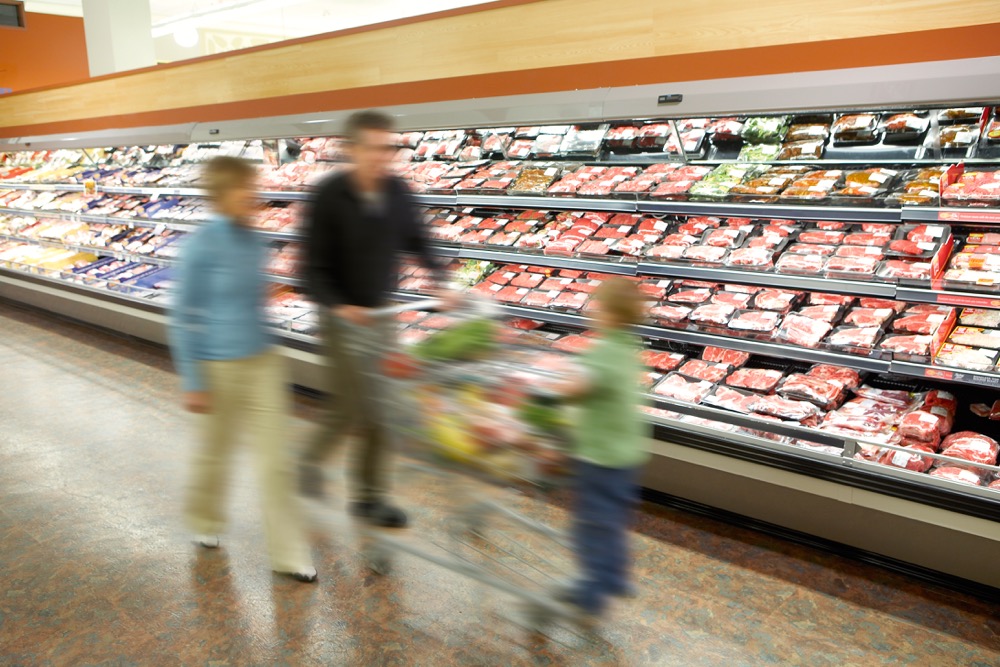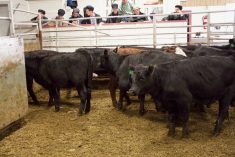The beef sector has a new five-year research strategy that will continue to emphasize its core objectives of improving production practices and building consumer confidence.
The previous strategy was released in 2012 and earlier this year, a review of it was launched that culminated in the Canadian Beef Research and Technology Transfer Strategy 2018-2023.
“With a growing global population that desires beef, research and innovation is critical to produce more using limited resources,” said Andrea Brocklebank, executive director of the Beef Cattle Research Council and chair of the Beef Value Chain Research Committee, the strategy’s two founders.
Read Also

Grazing ‘sweet spot’ boosts pasture performance
Timing-focused approach to pasture management touted to boost forage growth, livestock gains while also cutting farmer labour and inputs
“The Canadian beef industry will be increasingly challenged to responsibly increase productivity while remaining environmentally, socially and economically sustainable,” she said. “Adequate research and technology transfer funding, infrastructure, and expertise focused on the knowledge and innovations that have the greatest potential to advance the industry are key to meeting this important objective.”
In addition to boosting industry sustainability, improving production efficiencies and enhancing consumer confidence and beef demand, the strategy intends to strengthen future funding requests from industry to federal and provincial governments. It wants to maximize the value of all investments in research within the Canadian beef cattle industry.
The 2012 strategy attracted $20 million in government, farmer and private sector funding, which enabled the research to expand into many areas where there had never been funding in the past, says Reynold Bergen, BCRC science director. The strategy has generated collaboration among the industry’s many groups.
The next challenge was delivering the research findings to farmers in an area when provincial governments have scaled back their extension services. BCRC has developed its technology transfer capacity to help fill that gap.
“We found the farmers welcomed the information because they could see where their checkoff dollars were going,” Bergen said.
The new strategy was developed with input received from researchers, funders and grassroots producers through consultations, an online survey and two workshops.
The UN’s Food and Agriculture Organization projects the demand for beef will grow by 1.8 million tonnes or 6.0 per cent in developed countries and 6.8 million tonnes or 17 per cent in developing countries during the next 10 years. The Canadian beef industry wants a share of the growing demand, Brocklebank says.
Like the rest of agriculture, beef farmers have to prepare for long-term trends of rising temperatures, decreasing precipitation and greater weather variability. Research and innovation is necessary to produce adequate livestock feed under these conditions. At the same time, the beef sector wants to keep reducing its greenhouse gas emissions and the land, water and fossil fuels it uses.
The areas of research the strategy wants to support cover beef quality, food safety, animal health and welfare, feed grains and feed efficiency, forage and grassland productivity, environmental sustainability and antimicrobial use, resistance and alternatives.
It also wants “greater communication and collaboration between the various beef research funding agencies across Canada so that funding can be allocated in ways that adequately address industry priorities, avoid duplication, and enhance adoption.”
“Limited, fragmented funding does not complement or adequately support a national value proposition of Canada as a leader in animal health, food safety, and quality,” Brocklebank said. “Clear direction of funding allocations across funding agencies is needed to achieve specific outcomes that adequately address industry research priorities. Together we can invest in a portfolio of research that includes both near-term and long-term research.”
The strategy’s documents include details on past research projects as well as the issues that now require the most attention. It also notes that “Canada has an opportunity to play a leading role in meeting global food production needs through investments in agricultural research across a variety of disciplines over the next 20 years.”
Among beef’s accomplishments thus far are a 15 per cent reduction in greenhouse gas emissions compared to 1981 and 15 per cent increase in forage production.
Among the strategy’s goals is encouraging producers to continually update and implement a herd health program developed in partnership with a veterinarian and to comply with the Code of Practice for the Care and Handling of Beef Cattle. It also wants to promote responsible antimicrobial use in beef production.















